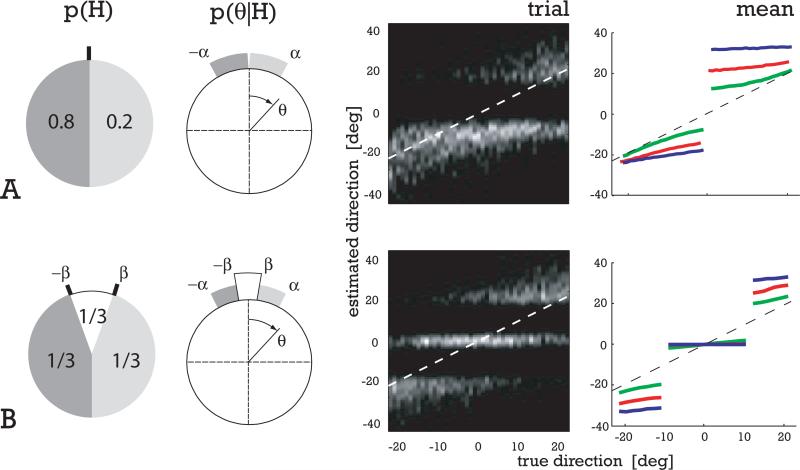Figure 6. Model predictions for two modifications of the original experiment.
A: We change the prior probability p(H) to be asymmetric (0.8 vs. 0.2). However, we keep the prior distribution of motion directions given a particular side p(θ|H) constant within the range [0, ±α]. The model makes two predictions (trials shown for an intermediate coherence level): First, although tested with an equal number of trials for each motion direction, there is a strong bias induced by the asymmetric prior. And second, the direction estimates on the left are more veridical than on the right. B: We present two reference marks instead of one, asking the subjects to make a choice between three equally likely regions of motion direction. Again, we assume uniform prior distributions of motion directions within each area. The model predicts bilateral repulsion of the estimates in the central area, leading to a strong bias that is almost independent of coherence level.

